Indian cuisine features hundreds of curry varieties across its diverse regions. This guide highlights 10 of the most popular types, with detailed descriptions of their origins, key ingredients, and flavor profiles to help you explore authentic Indian cooking.
| Curry Type | Region | Main Ingredients | Flavor Profile |
|---|---|---|---|
| Butter Chicken (Murgh Makhani) | Punjab | Chicken, tomato, cream | Creamy, mild |
| Vindaloo | Goa | Pork, vinegar, chili | Spicy, tangy |
| Chana Masala | North India | Chickpeas, tomatoes, spices | Earthy, savory |
| Rogan Josh | Jammu & Kashmir | Lamb, saffron, yogurt | Rich, aromatic |
| Malai Kofta | North India | Vegetables, paneer, cream | Soft, creamy |
| Hyderabadi Biryani | Hyderabad | Rice, marinated meat, saffron | Fragrant, layered |
| Kerala Banana Leaf Curry | Kerala | Fish, coconut milk, spices | Coconut-based, aromatic |
| Chettinad Chicken Curry | Tamil Nadu | Chicken, black pepper, cinnamon | Spicy, complex |
| Dal Makhani | North India | Black lentils, kidney beans, tomato | Hearty, comforting |
| Prawn Curry | Coastal regions | Shrimp, coconut milk, spices | Sweet, savory |
Butter Chicken (Murgh Makhani)
Originating from Punjab, butter chicken is a rich and creamy dish made with tender chicken pieces simmered in a tomato-based sauce. It's often served with naan or rice and is known for its smooth texture and balanced spice level, making it ideal for beginners.
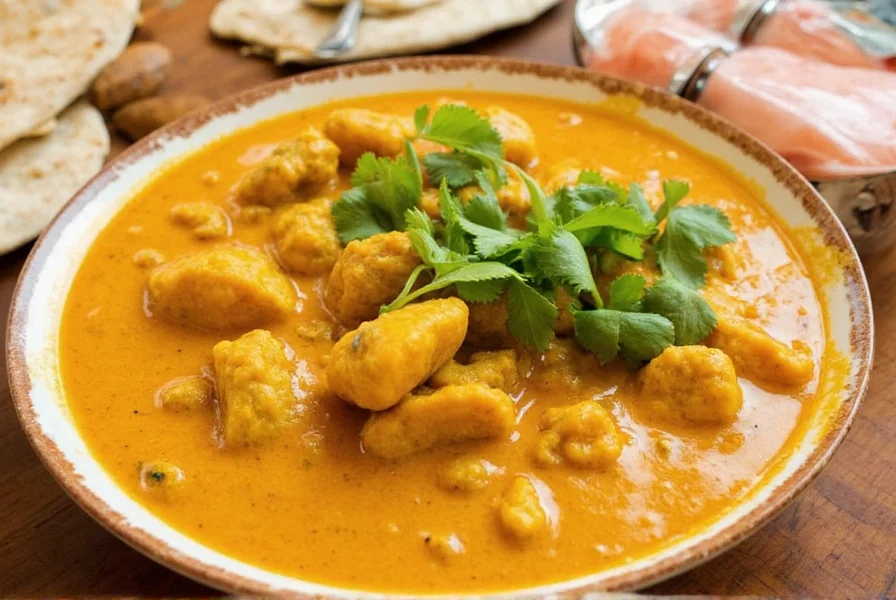
Vindaloo
From the coastal state of Goa, vindaloo is a spicy and tangy curry made with marinated meat (usually pork) and a mix of vinegar, garlic, and chili peppers. Its bold flavor makes it a favorite among spice lovers, with heat levels that can be adjusted for preference.
Chana Masala
This vegetarian curry is made with chickpeas, tomatoes, and a medley of spices. It's a staple in North Indian cuisine and is often served with roti or rice. The creamy texture and earthy flavors make it a crowd-pleaser, especially for those seeking plant-based options.

Rogan Josh
Hailing from Jammu and Kashmir, Rogan Josh is a slow-cooked lamb curry known for its deep red color and rich, aromatic flavor. It uses a blend of saffron, yogurt, and Kashmiri chili powder to create a complex taste that lingers on the palate, reflecting Kashmiri culinary traditions.
Malai Kofta
Malai kofta is a North Indian vegetarian dish featuring soft, cheese-stuffed dumplings in a creamy tomato-milk sauce. It's a delicate and indulgent option for those who prefer milder curries, often enjoyed during festive occasions.
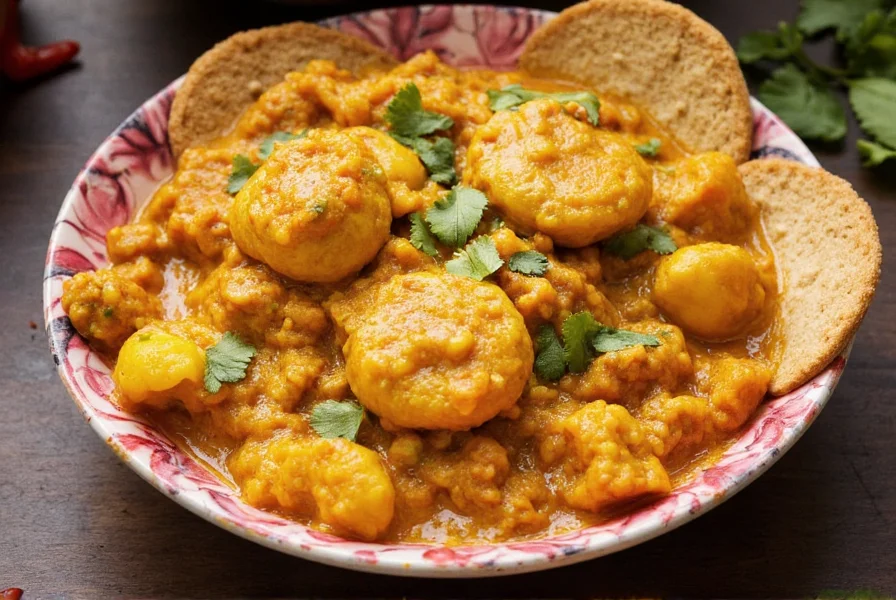
Hyderabadi Biryani
Although not a traditional curry, biryani is often paired with a side of raita or light curry. This fragrant rice dish from Hyderabad is layered with marinated meat, saffron, and a mix of spices, making it a feast for the senses and a cultural icon of Telangana cuisine.
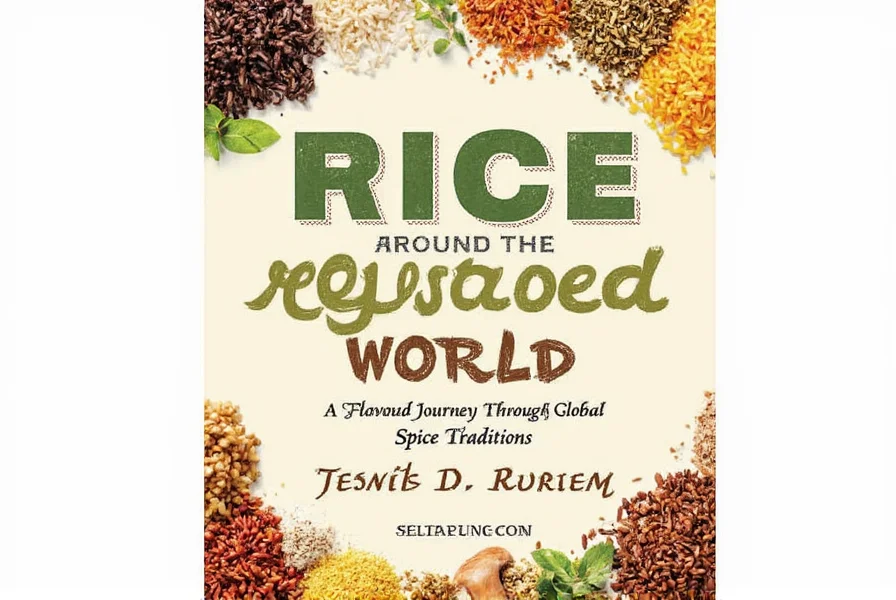
Kerala Banana Leaf Curry
Kerala's banana leaf curries are a celebration of local ingredients and regional flavors. These dishes are often served on banana leaves and include a variety of fish, coconut milk, and aromatic spices, showcasing the coastal state's unique culinary heritage.
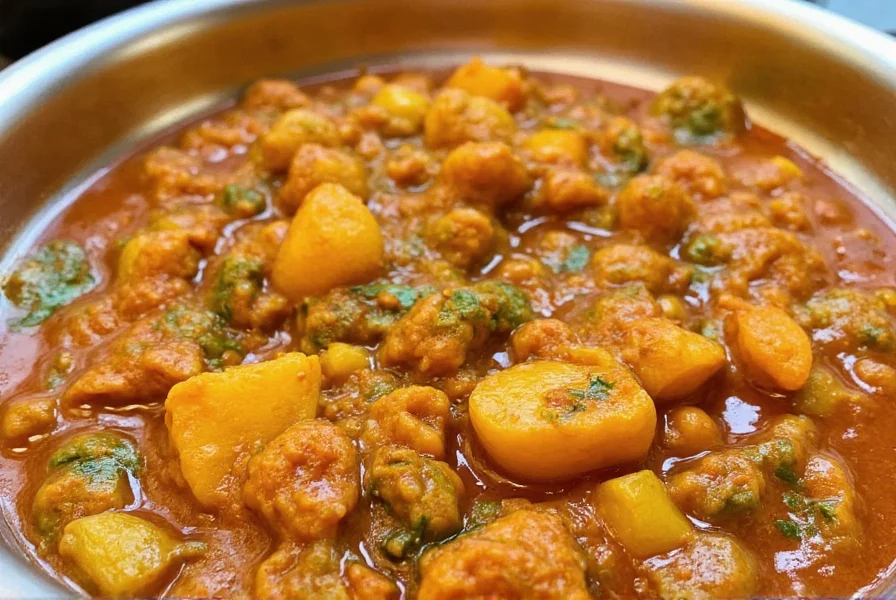
Chettinad Chicken Curry
From Tamil Nadu, this spicy and aromatic chicken curry is packed with local spices like black pepper, cinnamon, and cloves. It's a must-try for those who love bold and complex flavors, reflecting the Chettinad region's culinary expertise.
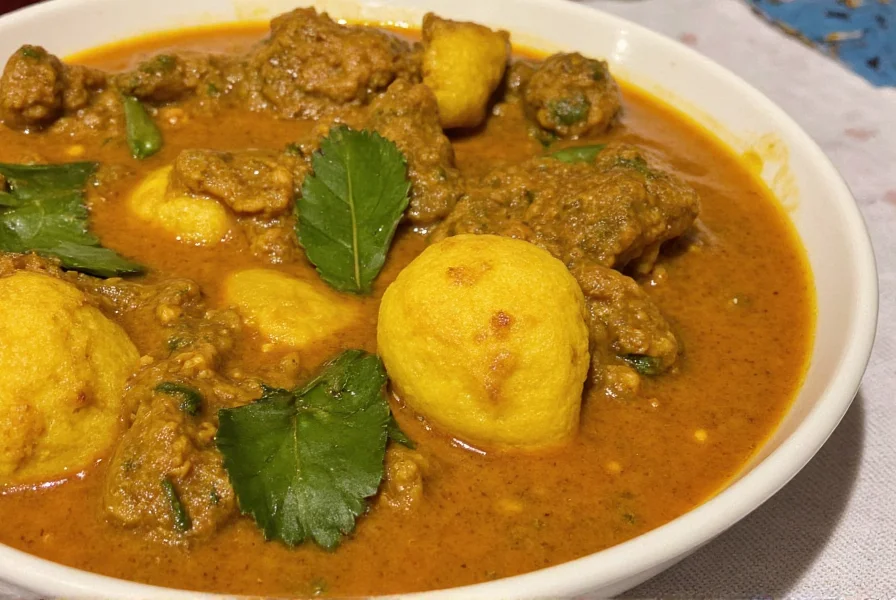
Dal Makhani
Dal makhani is a hearty and comforting lentil curry from North India. It's made with black lentils, kidney beans, and a rich tomato-based sauce, making it a favorite during colder months and a staple in vegetarian diets.
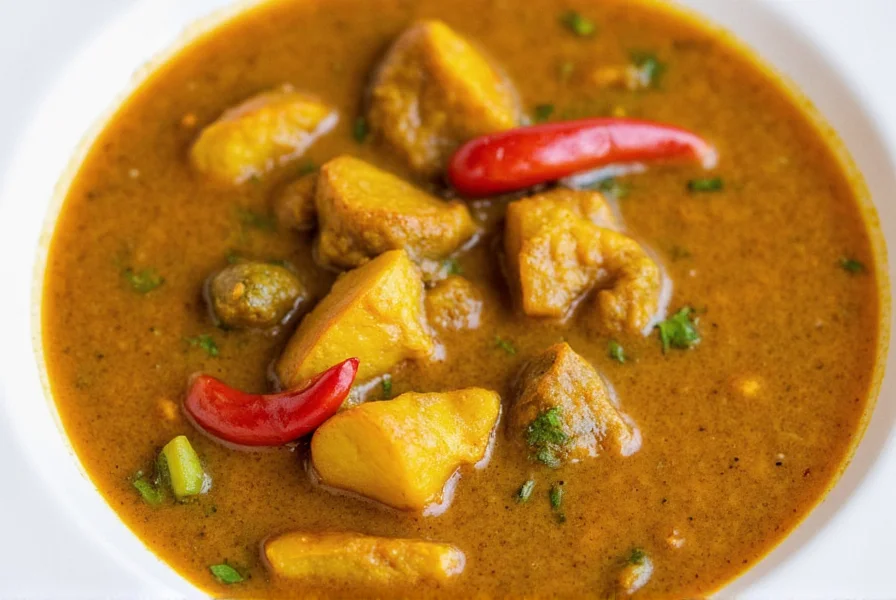
Prawn Curry
Seafood lovers will enjoy prawn curry, a popular dish in coastal regions like Kerala and Goa. It features shrimp cooked in a coconut milk-based sauce with a medley of spices, offering a sweet and savory flavor profile that highlights the freshness of local seafood.
How to Choose the Right Curry
With so many regional variations, choosing the right curry depends on your taste preferences and dietary needs. Consider these tips:
- Spice level: Start with mild options like butter chicken or dal makhani if new to Indian cuisine; advance to vindaloo or chettinad for higher heat.
- Ingredient focus: Meat lovers can try butter chicken or prawn curry; vegetarians should explore chana masala or malai kofta; coastal regions offer seafood-based options like Kerala banana leaf curry.
- Regional authenticity: North Indian curries often use cream and yogurt; South Indian curries feature coconut milk and tamarind for tangy flavors.
- Dietary adaptations: Many curries can be made vegan by substituting dairy with coconut milk or tofu, such as in dal makhani or malai kofta.
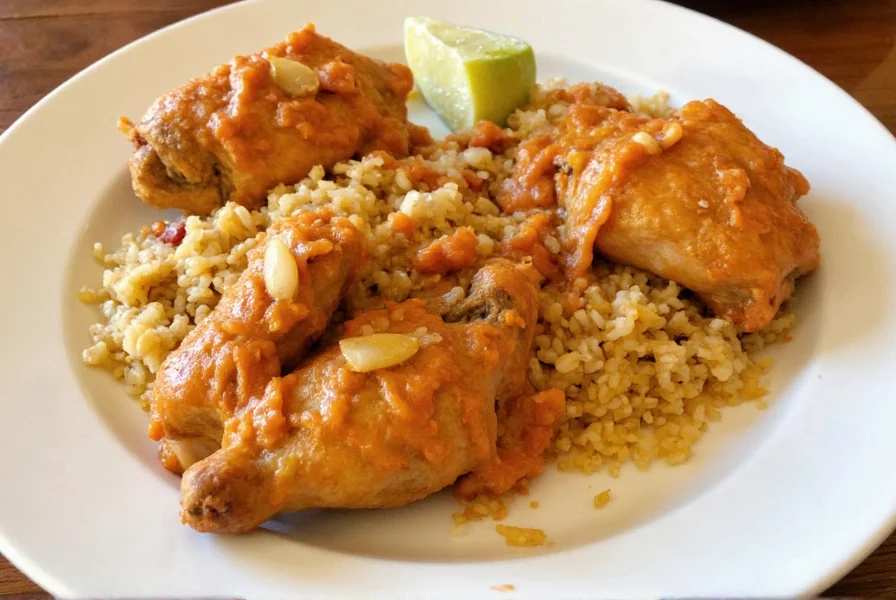
Cooking Tips for Authentic Indian Curry
To recreate these flavors at home, follow these expert tips:
- Use fresh spices: Toast whole spices like cumin and coriander before grinding to maximize aroma and flavor.
- Build layers: Start with tempering spices in oil, then add aromatics like onions and garlic, followed by main ingredients for depth.
- Control heat: For milder curries, reduce chili powder; for authentic spice, use regional varieties like Kashmiri chili for color without excessive heat.
- Balance textures: Adjust consistency with water or coconut milk—creamy curries like dal makhani benefit from slow simmering to thicken naturally.
- Pair correctly: Creamy curries pair with naan; rice-based dishes like biryani go well with raita or simple yogurt.
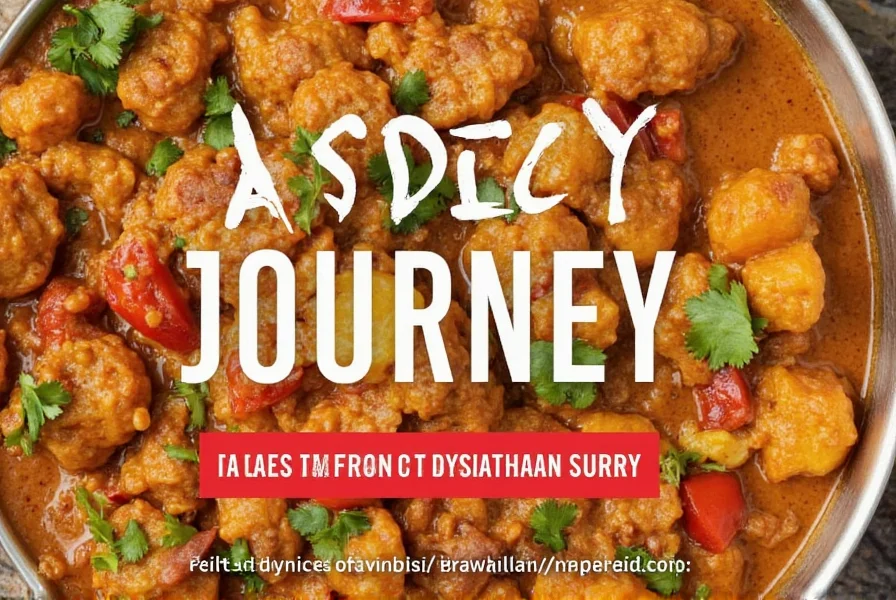
Essential Curry Ingredients Buying Guide
Stock your pantry with these core ingredients for authentic Indian cooking:
Garam Masala
A blend of warm spices like cardamom, cloves, and cinnamon. Look for small-batch, freshly ground versions for the best flavor in dishes like butter chicken or rogan josh.

Turmeric
Provides golden color and anti-inflammatory benefits. Use high-quality, organic turmeric powder to avoid artificial additives that can alter taste.
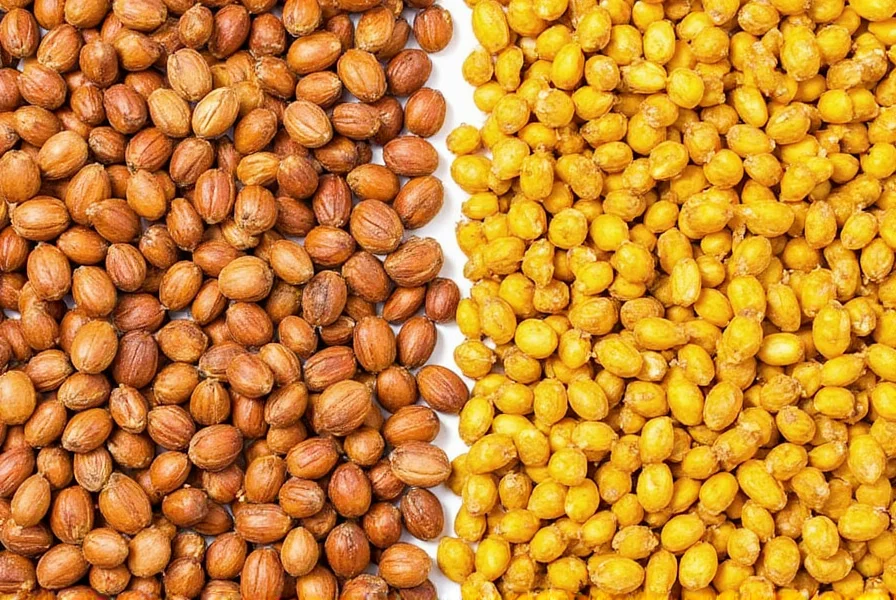
Cumin
Adds nutty, earthy notes. Opt for whole cumin seeds and grind them yourself for maximum freshness in dishes like chana masala or dal makhani.
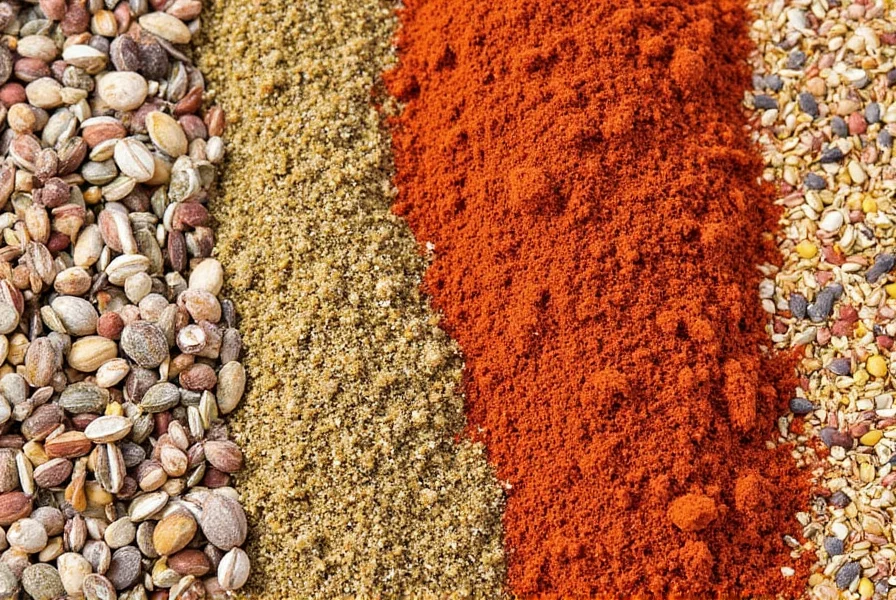
Coriander
Offers citrusy sweetness. Use fresh coriander seeds or powder to balance heat in curries like prawn curry or vindaloo.
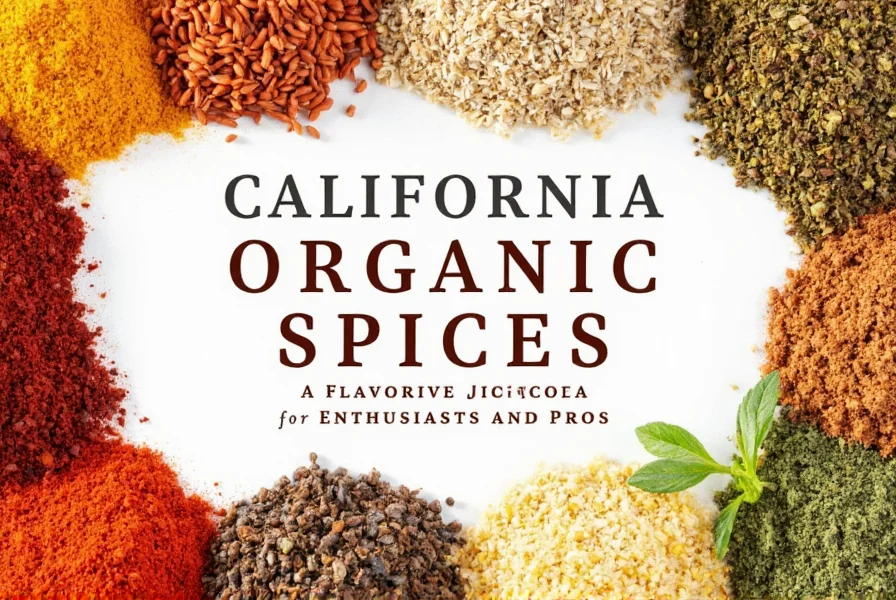
Chili Powder
Choose regional varieties: Kashmiri chili for mild heat and vibrant color, or bird's eye chili for intense spice in dishes like chettinad chicken curry.
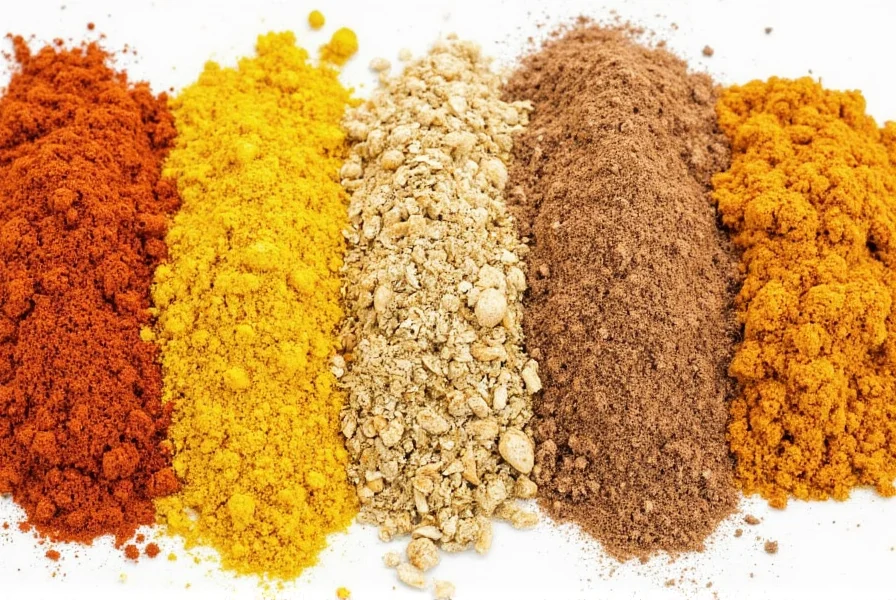
Yogurt or Coconut Milk
For creaminess, use plain, unsweetened yogurt in North Indian curries or full-fat coconut milk for South Indian dishes like Kerala banana leaf curry.
Fresh Herbs
Coriander leaves (cilantro), mint, and curry leaves add brightness. Add them at the end of cooking to preserve flavor in all curry types.
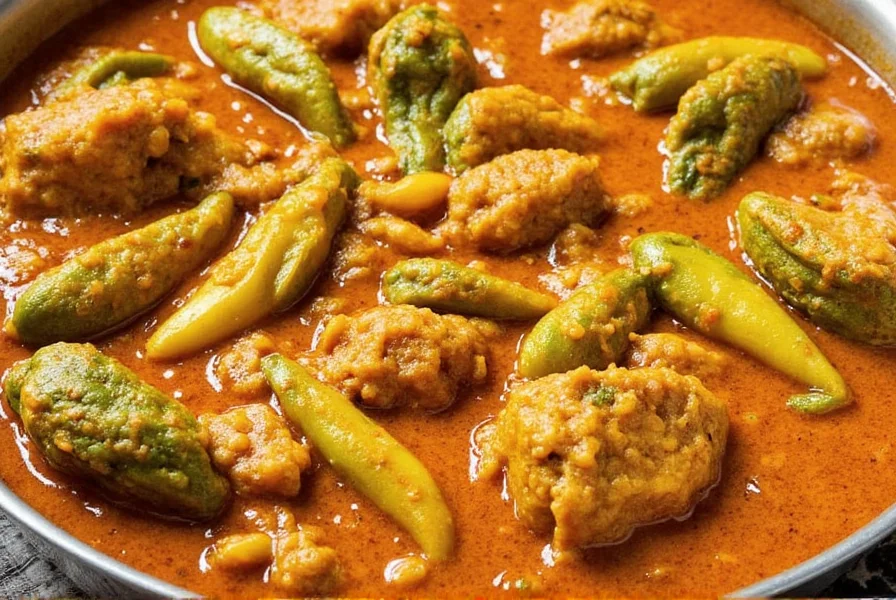
Frequently Asked Questions About Indian Curry Types
What exactly is considered a curry in Indian cuisine?
In Indian cuisine, the term "curry" is a Western generalization. Indians typically refer to these dishes as "masala," "sabzi," or by specific regional names. A curry generally refers to a dish with a sauce or gravy made from a spiced liquid base, which can include tomatoes, coconut milk, yogurt, or broth, combined with various spices and main ingredients like meat, vegetables, or legumes.
How many types of curry are there in India?
India has hundreds of regional curry variations across its 28 states, with each area having unique spice blends and cooking methods. While this guide highlights 10 popular types, many household recipes and local specialties exist, making the exact count difficult to define due to cultural diversity.
What's the difference between North Indian and South Indian curries?
North Indian curries often feature cream, yogurt, and tomato-based gravies with spices like cumin and garam masala, resulting in richer, creamier textures. South Indian curries typically use coconut milk or grated coconut, tamarind, and curry leaves, with spices like mustard seeds and fenugreek, creating lighter, tangier, and often seafood-focused dishes.
Which Indian curry is best for beginners?
Butter chicken (Murgh Makhani) is ideal for beginners due to its mild, creamy texture and balanced flavors. Other great starter options include Malai Kofta (vegetable dumplings in creamy sauce) and Chana Masala (chickpea curry), which offer flavorful but less intense spice profiles without overwhelming heat.
How spicy are different Indian curry types?
Spice levels vary significantly: Butter chicken and Malai Kofta are mild (2/10); Chana Masala and Dal Makhani are medium (4-5/10); Rogan Josh is medium-hot (6/10); Chettinad Chicken Curry and Vindaloo are very spicy (8-9/10). Many restaurants adjust heat levels, so always specify "mild," "medium," or "hot" when ordering.
Can Indian curries be made vegetarian or vegan?
Yes, many traditional curries are naturally vegetarian or easily adaptable. Chana Masala, Dal Makhani, and Malai Kofta are vegetarian staples. For vegan versions, replace dairy with coconut milk or tofu—South Indian curries like Kerala banana leaf curry often use coconut milk as a base, making them naturally vegan-friendly.
What's the difference between curry powder and curry paste?
Curry powder is a dried spice blend common in Western markets, but authentic Indian cooking rarely uses it. Instead, whole spices are toasted and ground fresh for each dish. Curry paste refers to a wet mixture of spices, herbs, and aromatics (like ginger and chilies) fried at the start of cooking to build flavor—this is the traditional method used in Indian kitchens.
How should I store and reheat leftover curry?
Store leftover curry in an airtight container in the refrigerator for up to 3-4 days. For longer storage, freeze in portion-sized containers for up to 3 months. When reheating, add a splash of water, broth, or coconut milk as curries often thicken when chilled. Gently warm on the stove over medium-low heat, stirring occasionally—avoid boiling which can cause dairy-based curries to separate. Microwave reheating works well too, but cover and heat in 30-second intervals, stirring between each.

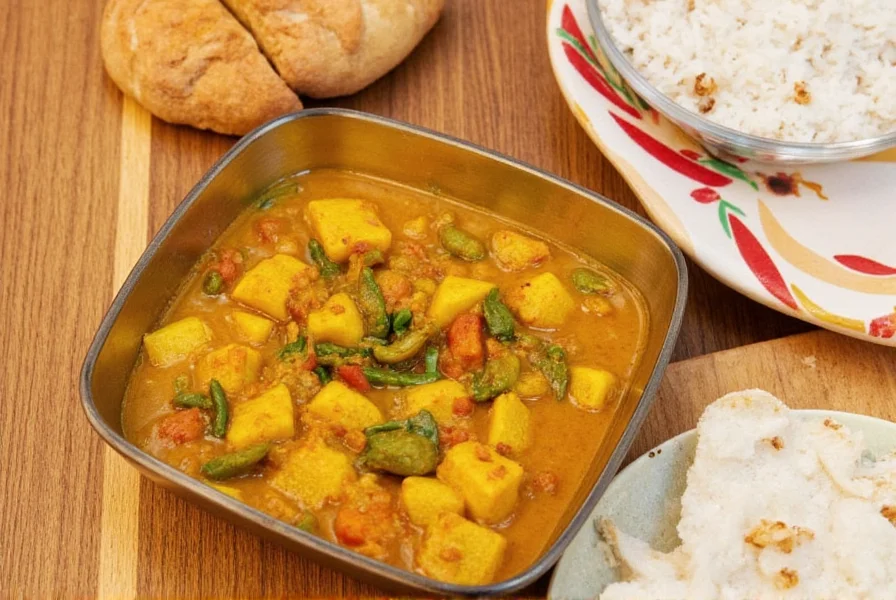









 浙公网安备
33010002000092号
浙公网安备
33010002000092号 浙B2-20120091-4
浙B2-20120091-4